
Why is the Amazon rainforest important?
South America’s Amazon contains nearly a third of all the tropical rainforests left on Earth. Despite covering only around 1% of the planet’s surface, the Amazon rainforest is home to 10% of all the wildlife species we know about – and probably a lot that we don’t know yet. It is the stronghold of jaguars and river dolphins, with over 70% of jaguars living in the Amazon. This place is the main hope for the species' long term survival.

Our research shows that, on average, a 'new' species of animal or plant is being discovered in the Amazon every other day. However, tragically, because huge parts of the rainforest are being destroyed so fast, we may never know all the riches it holds.
The Amazon is of vital importance because people around the world, as well as locally, depend on the rainforest. Not just for food, water, wood and medicines, but to help stabilise the climate -150-200 billion tons of carbon is stored in the Amazon. The trees in the Amazon also release 20 billion tonnes of water into the atmosphere per day, playing a critical role in global and regional carbon and water cycles.
The Amazon is under siege like never before. Deforestation and fires remain dangerously high, and protected areas and Indigenous lands face increasing threats. It needs our help more than ever. We cannot tackle the climate crisis without the Amazon’s vital life-sustaining role.
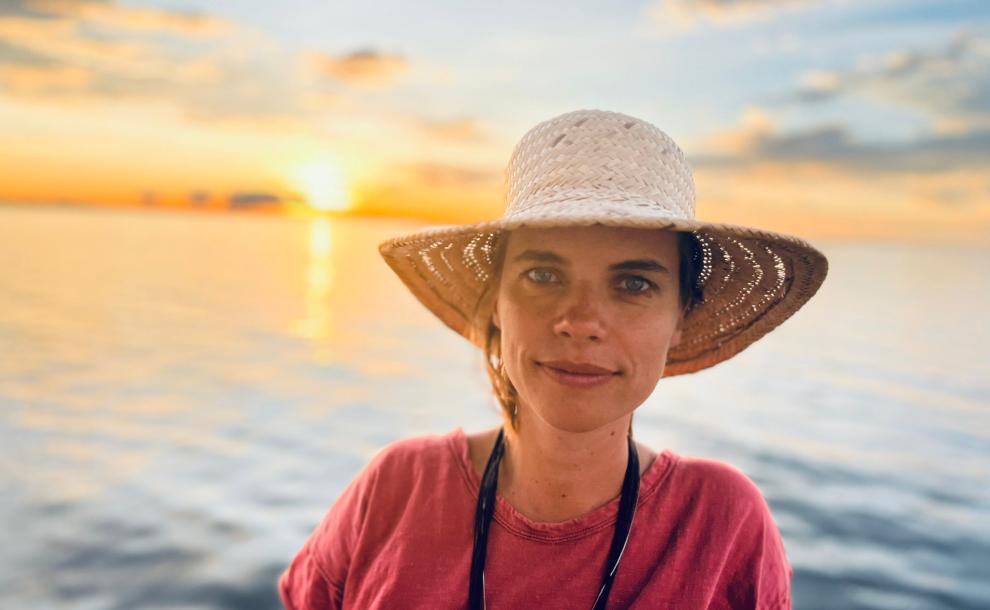
"As a native Brazilian, I was lucky to visit the Amazon for the first time in my late teens, and I often describe the moment as a watershed in my life. My view of the world changed dramatically, particularly after experiencing the way of life of Indigenous communities who consider nature intrinsic to their existence. The Amazon is one of the world’s most precious sources of life for nature, climate and people. But this unique and globally important biome is in danger and we must do everything we can to turn the tide. Thankfully, we still have time to act. And there’s never been a more hopeful time than now."
Chief Advisor, Latin America
-7.694502087093, -59.089485160075
The Amazon Rainforest Location
The Amazon covers a huge area (6.7 million sq km) of South America. Nearly 60% of the rainforest is in Brazil, while the rest is shared among eight other countries—Bolivia, Colombia, Ecuador, Guyana, Peru, Suriname, Venezuela and French Guiana, an overseas territory of France.

About the Amazon
This precious ecosystem is under increasing threat from huge-scale farming and ranching, infrastructure and urban development, unsustainable logging, mining and climate change.
Just three quick facts to give you an idea of what’s at stake here:
1) The Amazon has more species of primate than anywhere else on Earth.
2) You can find more types of ant on one tree in the Amazon than you can in some whole countries.
3) 47 million people live in the Amazon, including around 2.2 million Indigenous people, speaking around 300 different languages.
We’re so determined to help protect the Amazon, for the benefit of its people and for the planet as a whole. Your help will be vital.

New study identifies priority wildlife areas in the Amazon
Two keystone species of the Amazon, the jaguar and the river dolphin, have vast ranges of movement, across many country borders, requiring connected and protected habitats to ensure they can thrive. Planning for terrestrial and freshwater ecosystem conservation usually happens in silos. An innovative WWF-led study broke this silo, identifying's priorities where areas of high jaguar abundance overlap with high richness of migratory freshwater species, including river dolphins. Scientists can then help pinpoint where new protected areas should be established for maximum conservation benefits and where development, such as dam or road construction, should be avoided. Protecting these areas keeps forests healthy and connected, rivers flowing, and food webs alive. These priority areas represent 17% of the Amazon river basin. Preserving habitats and connectivity protects biodiversity, economic opportunity, and the Amazon’s global climate-regulating role.
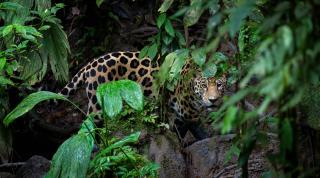
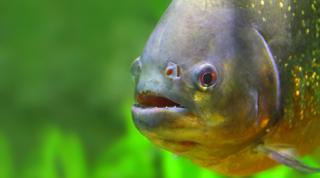
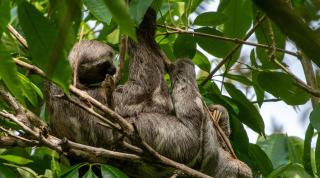
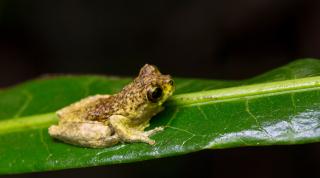
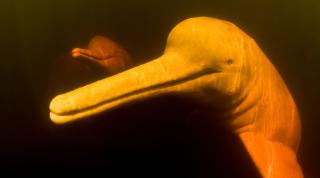
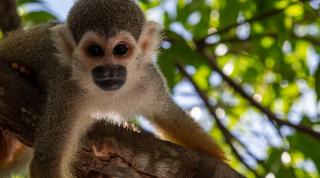
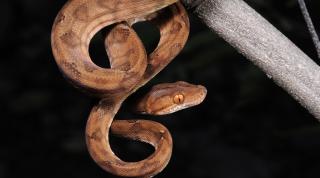

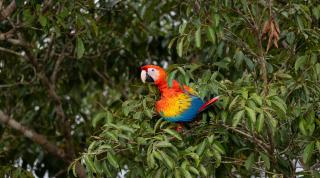
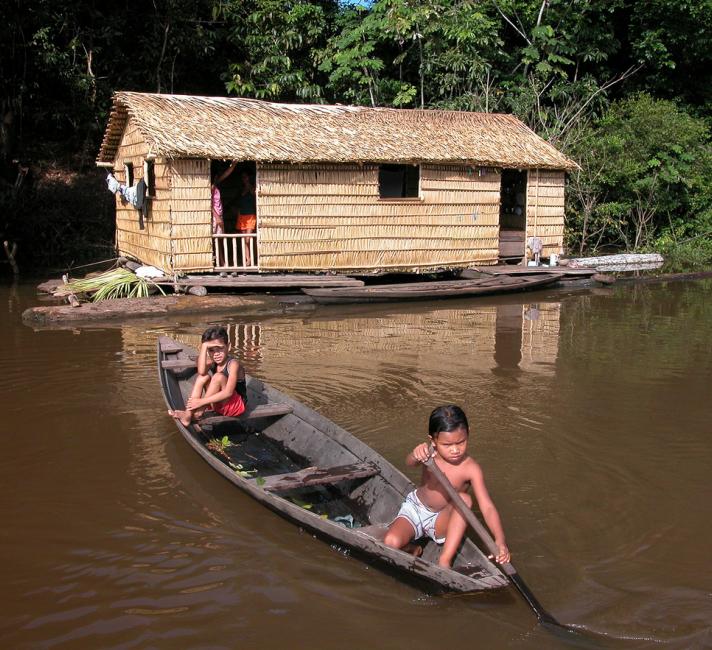
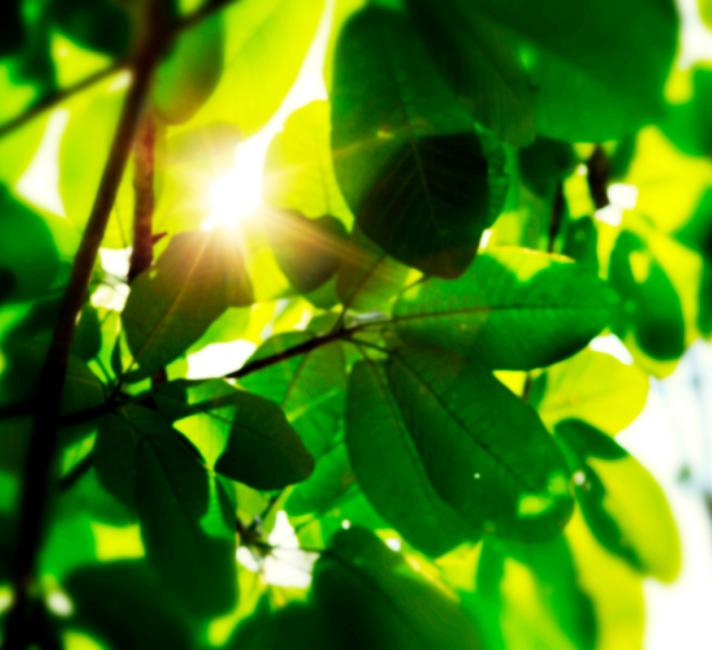
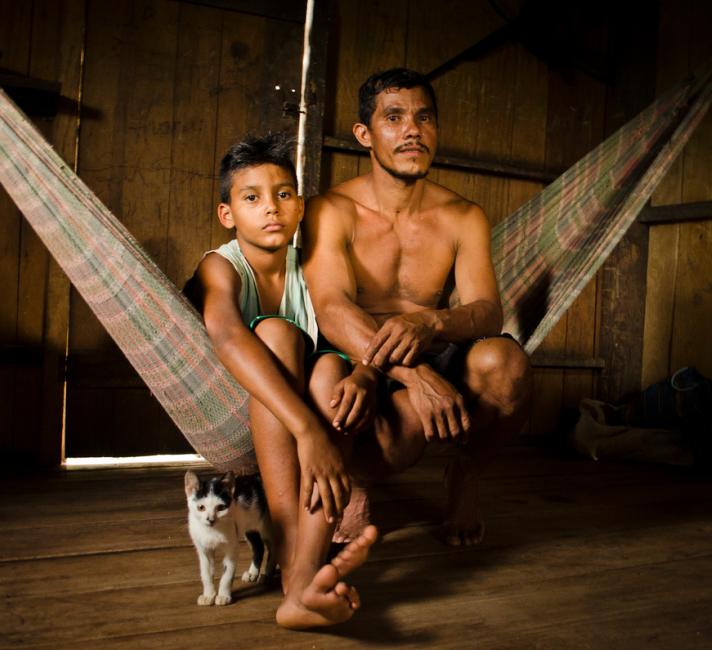
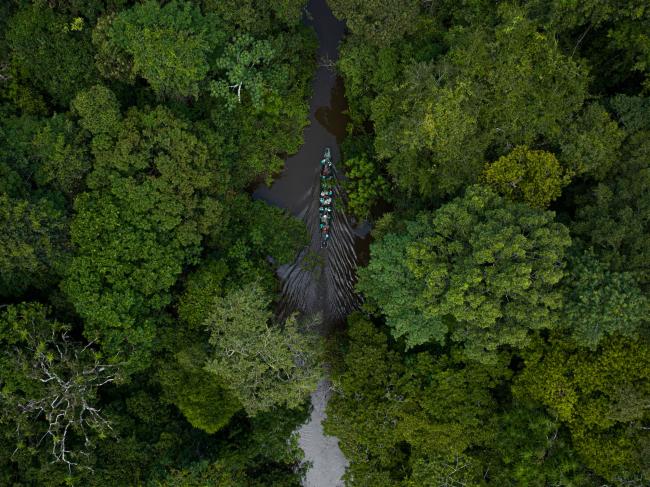
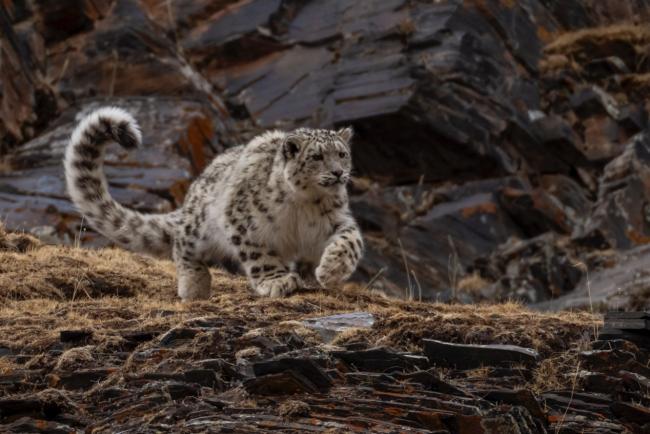
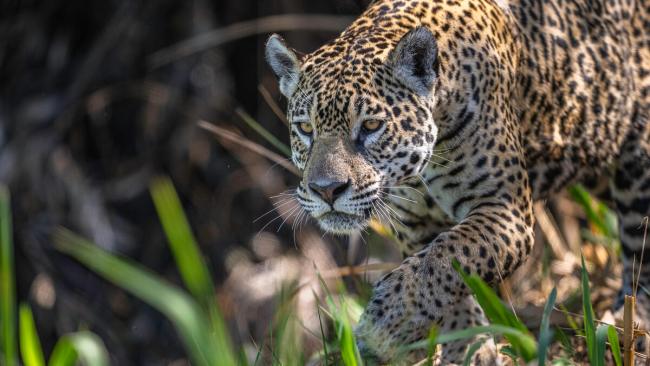
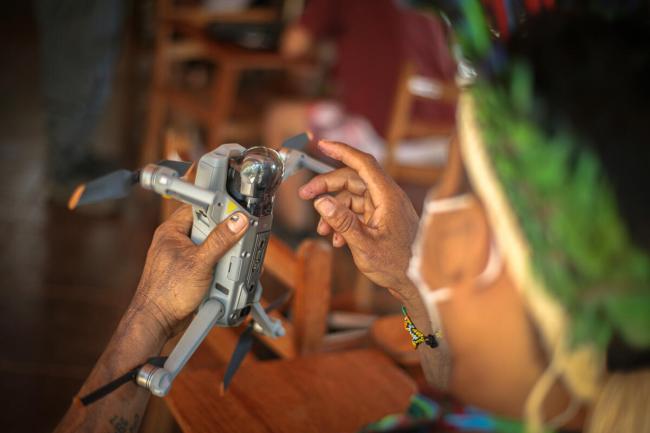
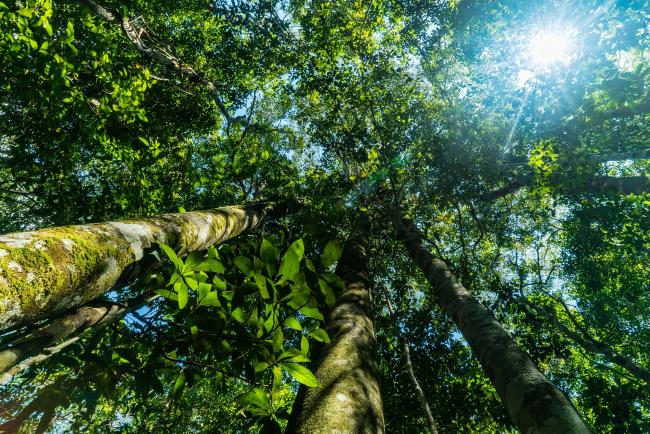
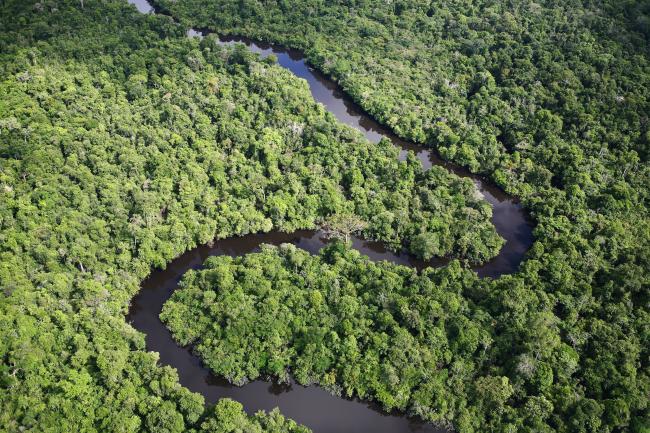
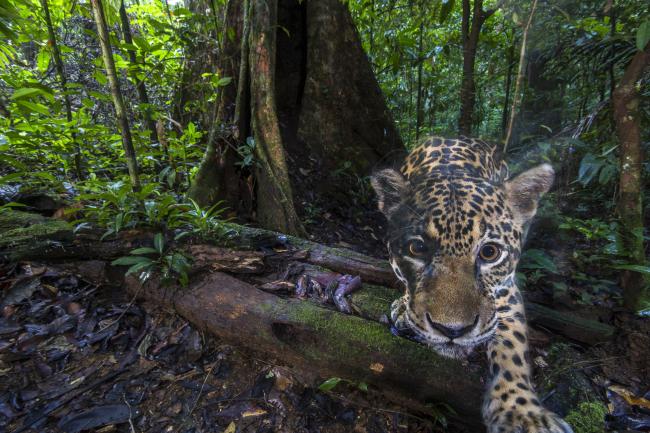
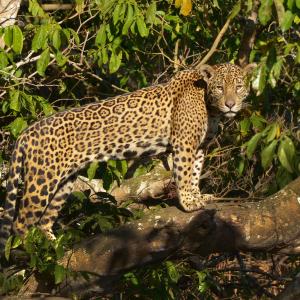 Wildlife conservation in the Amazon
Wildlife conservation in the Amazon
 Jaguar
Jaguar
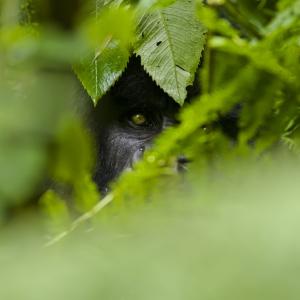 10 of the world's most endangered animals
10 of the world's most endangered animals
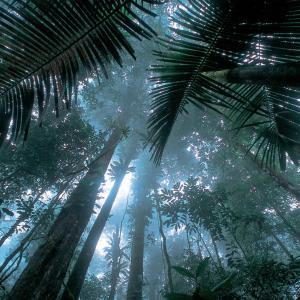 Forests
Forests